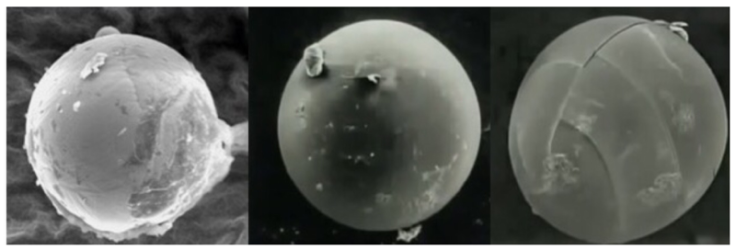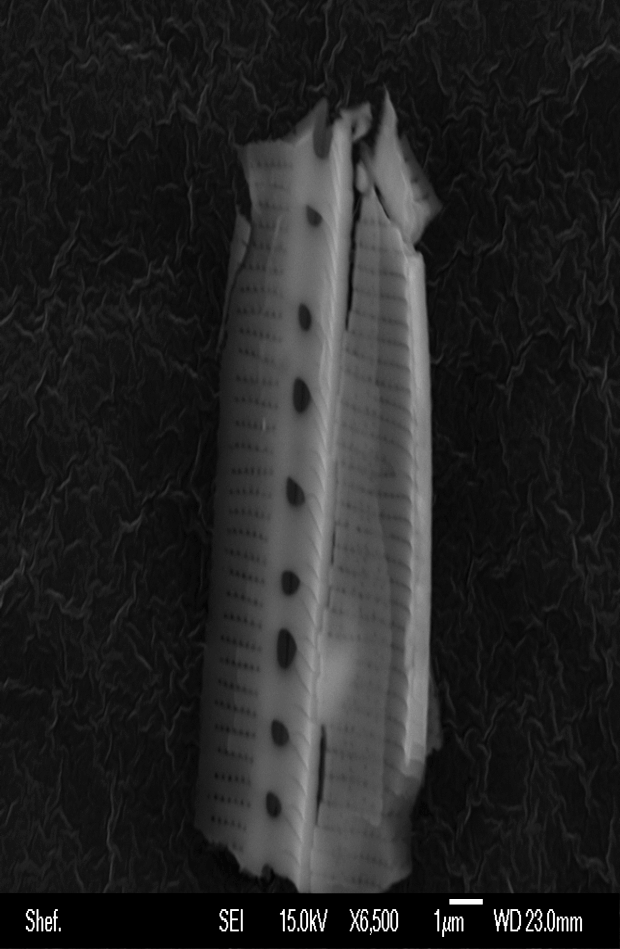Astrobiologist Says We’ve Discovered Proof Aliens Are Seeding New Life on Earth With Space Bacteria
by Chris Mahon April 2, 2018 (outerplaces.com)
• British microbiologist Dr. Milton Wainwright sent a balloon 84,000 feet in the atmosphere to collect dust and other particles. When he got a look, he found in the sample a tiny metal ball made of titanium and vanadium, about the width of a human hair, with a “gooey” biological substance inside. The metallic ball seemed to be covered in a “fungus-like knitted mat-like covering,” and made a small impact crater where it hit the sampler, suggesting that it was traveling at high speed. (see microscopic images above)
• Wainwright published his findings in the Journal of Cosmology, postulating that the tiny ball could be evidence of panspermia by an extraterrestrial civilization.
• The Journal of Cosmology later removed the article.
We have a pretty good picture of how life evolved on Earth (depending on who you talk to), but the real question is how it began.
One theory, called “panspermia,” hypothesizes that extraterrestrial microorganisms lying dormant on the surface of comets or meteors crashed into Earth billions of years ago and kickstarted the development of life. A related theory, called “directed panspermia,” poses the idea that an alien civilization could seed planets with life by purposefully sending objects containing bacteria—and that’s what Dr. Milton Wainwright claims to have found.

While collecting dust and other particles in the atmosphere with a balloon floating at around 84,000 feet, Wainwright’s sampler was hit by a tiny metal ball, apparently composed of titanium and vanadium.
The ball was about the width of a human hair and contained a “gooey” biological substance inside. In addition, the ball seemed to be covered in a “fungus-like knitted mat-like covering,” and made a small impact crater where it hit the sampler, suggesting that it was traveling at high speed.
Wainwright has claimed that this tiny ball could be evidence that panspermia is possible, and that its source may be an extraterrestrial civilization. However, he admits that there’s almost no way to prove this claim: “Unless of course, we can find details of the civilization that is supposed to have sent it in this respect it is probably an unprovable theory.”
Wainwright published his findings in the Journal of Cosmology, but the article has apparently been removed.
FAIR USE NOTICE: This page contains copyrighted material the use of which has not been specifically authorized by the copyright owner. ExoNews.org distributes this material for the purpose of news reporting, educational research, comment and criticism, constituting Fair Use under 17 U.S.C § 107. Please contact the Editor at ExoNews with any copyright issue.


